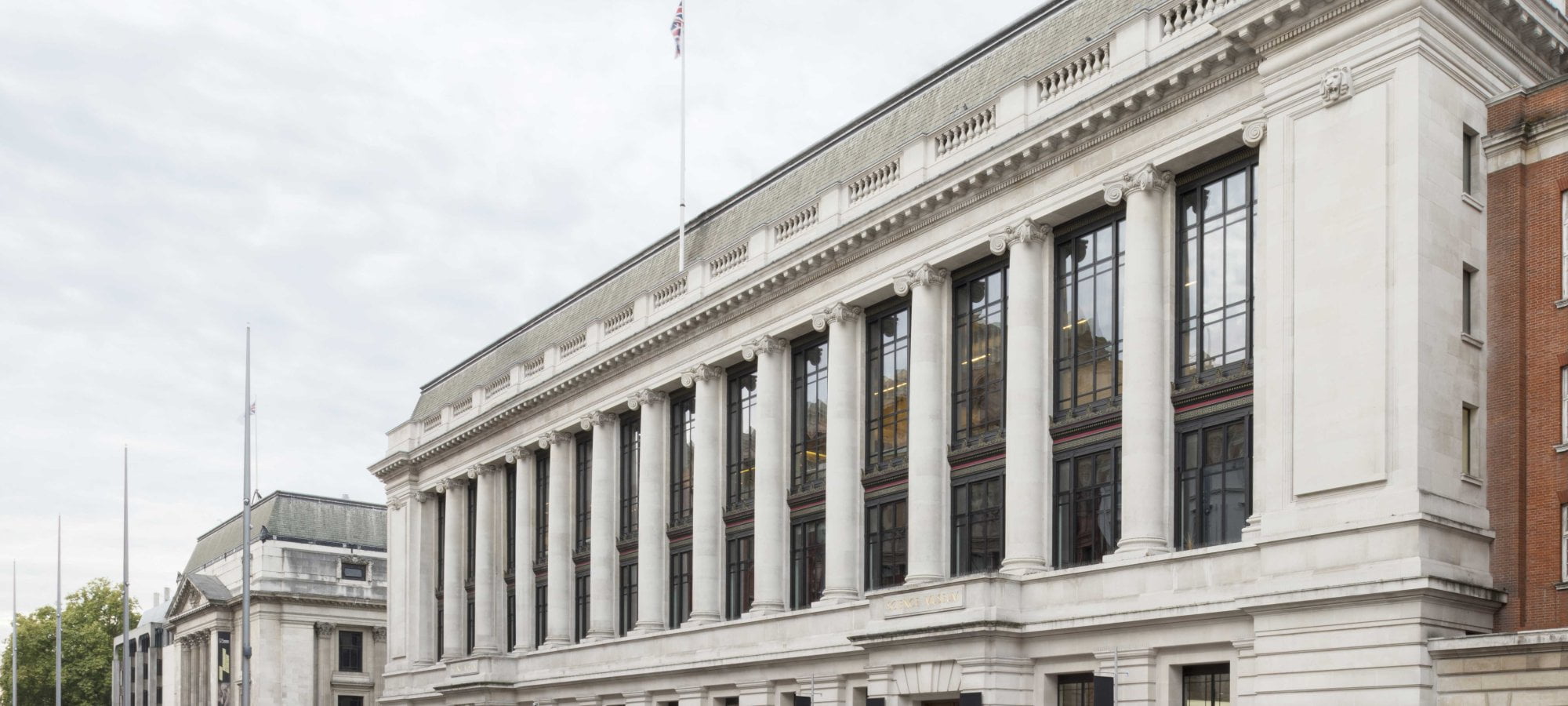The Science Museum | Victorian Steam Engines & Moon Rocks
In the wise words of Jesse Pinkman… Yeah Science!
While Aaron Paul’s character in Breaking Bad may have been referring to a slightly different subject matter, we have to share his enthusiasm – and if you fancy spending an afternoon blowing your mind (and making up for any lost time not paying attention at school) with all the various discoveries that have formed the world we live in today, and the ones that are shaping our future, then look no further than London’s Science Museum.
In its early years, it underwent a bit of an identity crisis, first in 1857 as part of the South Kensington Museum (focusing on design and art, now the V&A) then in 1858 as The Museum of Patents, 1863 as the Patent Office Museum, before finally settling on the official title of Science Museum in 1909. Now one of the best-loved museums in London, it has over 300,000 objects across its seven floors and welcomes in over 3.3 million people every year, also making it the most visited science and technology museum in Europe.

Tiia Monto
WHAT TO SEE AT THE SCIENCE MUSEUM
The permanent exhibitions in the main halls are all free to visit (though donations are welcome) and, well, there’s a lot of space… not just because the Science Museum takes up an expansive seven floors, but because the ground floor has a gallery dedicated to space exploration. You’ll see exhibits plucked from missions to the moon (answering the all-important question of how astronauts are able to use the loo), Tim Peake’s spacecraft, the Apollo 10 command module and a real piece of moon rock picked up by David Scott on his travels in 1971 – it’s out of this world (had to, sorry…).
Meanwhile, the Energy Hall (which is also the first area you’ll walk through after entering the Science Museum) tells the tale of the British Industrial Revolution and boasts the oldest surviving James Watt beam engine in its repertoire, while in Making of The Modern World, you can follow the development of mankind’s most impressive inventions; from the the world’s oldest surviving steam locomotive (who goes by the name of Puffing Bill) to the first Apple computer. Other halls traverse through time and cover clocks, the climate, flight and medicine, which is an eye-opening look at the human anatomy and how lucky we are not to be Victorians.
If you’re here with kids – or just need an excuse to partake in the interactive stuff (no judgement) – then there’s a few simulators (including one that gives you a whiff of what it’s like to be in the cockpit of a RAF Typhoon Jet), plus the Wonderlab Gallery, which features plenty of things to touch, buttons to press and other brain-ticking exercise like slides that test friction and echo tubes that help demonstrate sound frequencies.
Power Up is a gallery dedicated to video gaming, with over 160 consoles loaded up with games from the past half-century (you can buy an annual pass to this if you need to resettle any scores against your mates later in the year). The IMAX theatre is worth checking out as well, boasting all the state-of-the-art specs (70mm and a laser 4K projector) that you’d expect from the place that has ‘science and technology’ as its USP, screening both 3D documentaries and big-screen blockbusters.

Robert Dimov
TEMPORARY EXHIBITIONS
Alongside the permanent fixtures, there’s also an evolving roster of touring and temporary exhibitions at the Science Museum, which are separately ticketed, but sometimes still free. Right now you can delve into an in-depth look at Covid-19 vaccines (until May 2024) and an interactive, kid-friendly exhibition about sound (until 6th May 2024).
SCIENCE MUSEUM LATES
Yes, like many of London’s big museums, the Science Museum holds Lates – after-hours adults-only antics – on the last Wednesday of every month, when the museum stays open after hours (from 6.30-10pm) for workshops, lectures, pub quizzes, talks, cocktails and maybe even a silent disco.
Take a date, and you’d be sure to find some chemistry…
NOTE: The Science Museum is open daily from 10am-6pm. It’s free to visit, but you need to pre-book. You can do that, and book for the temporary exhibitions, HERE.
The Science Museum | Exhibition Road, South Kensington, SW7 2DD
Want to become a random facts machine? Keep on upping your knowledge by checking out some of London’s unusual museums
